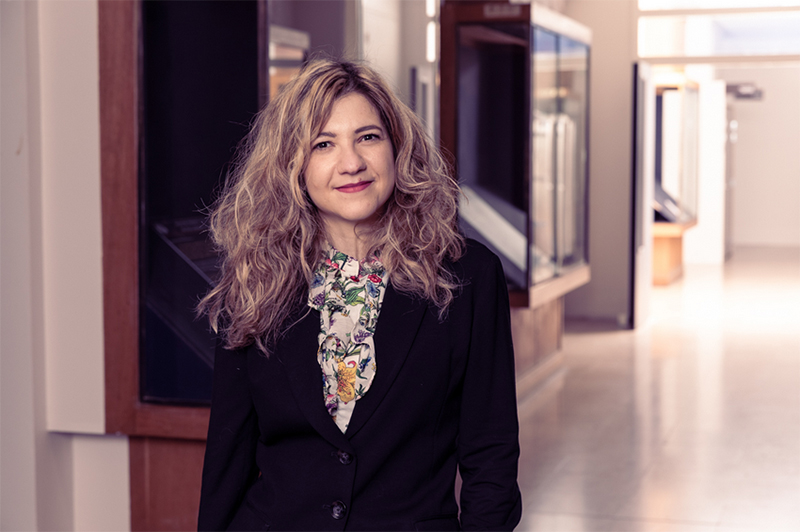The study of the brain bases of linguistic representations in infants
De l’étude du traitement du signal à l’étude du développement et l’acquisition du langage

De l’étude du traitement du signal à l’étude du développement et l’acquisition du langage
The world is structured in countless ways. When cognitive and machine models respect these structures, by factorizing their modules and parameters, they can achieve remarkable accuracy and generalization. In this talk, I will discuss our work investigating the factorizations of objects, relations, and physics in both humans and machines.
Reward signals can not only act as an incentive to invigorate actions and guide value-based decisions, but can also modulate the earliest stages of sensory perception. I will present the results of our recent studies examining the value-driven modulation of behavioral and neural responses across these three axes. The key question that we are trying to answer is how specific features of reward signals; such as their level of awareness, their sensory modality and their task contingency; impact on value-driven effects.
Recent advances in training mice to perform complex tasks, combined with powerful optogenetic and neural measurement tools, have positioned mice as an ideal model species for probing the neural circuit mechanisms of cognition. An important assumption underlying this line of work is that these mechanisms are preserved across mammalian species, and provide insight into the same cognitive processes that play out in the human brain.
Abstract: One of the central topics in my research has been the processing of amplitude modulation in human hearing. The most prominent result of these efforts is the concept of a modulation filterbank, as it was developed in Torsten Dau’s PhD thesis and published in two influential JASA papers in 1997 by Dau, Kollmeier and myself.

Arguably the most important organ in the human body, the brain is also the biggest keeper of secrets from medical science.
PROGRAMME
9h20-9h30 M VERGASSOLA : Introduction and a few words on QBio.
9h30-10h Clément LENA
10h-10h30 Ralitsa TODOROVA
Pause
11h-11h30 Chistoph SCHMIDT-HIEBER
11h30-12h Alex CAYCO-GAYJIC.
12h-12h30 Rava AZEREDO da SILVEIRA
14h-14h30 Gisella VETERE
14h30-15h Jean-Rémi KING
15h30-16h Auriane DUCHEMIN
16h-16h30 Philippe FAURE
TITLES AND ABSTRACT
Rava AZEREDO DA SILVEIRA (LPENS)
Cognitive Biases and Compressed Mental Representations
In the past decades, auditory models have been very successful in connecting the physiology of hearing to its functionality. Models were pivotal in understanding differences between normal and hearing-impaired sound processing and have thereby inspired numerous hearing prosthetic algorithms. Because auditory models come in different flavors (fast, computational, functional, nonlinear or biophysical), it is important to be aware of their respective limitations for your study or application.